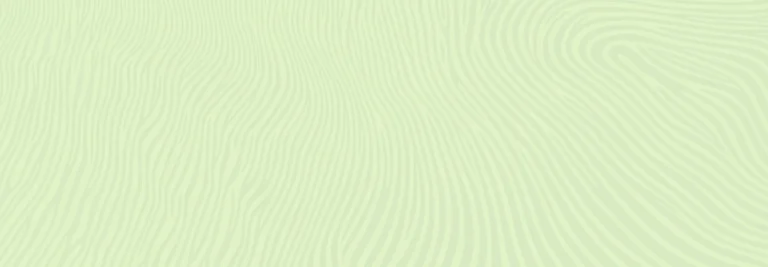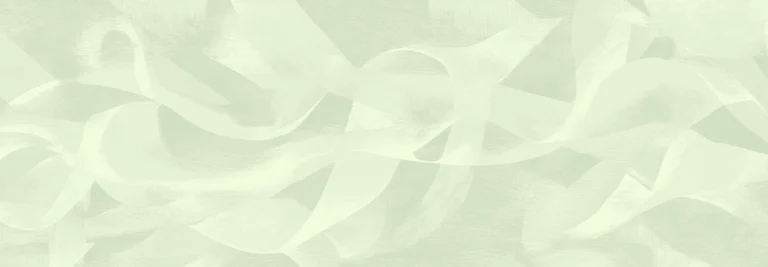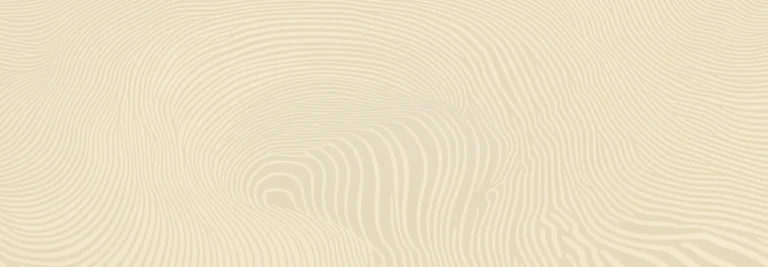Introduction
Depression is one of the most prevalent and debilitating mental health disorders affecting the United States and the world. It is estimated that 9.5% of Americans over the age of 18 have, or will develop, a major depressive condition. That‘s roughly 30 million people, for context. Those conditions include depression, treatment–resistant depression (TRD), and major depressive disorder (MDD) –– which may or may not include suicidality.(1)Despite these staggering numbers, few new treatments for depression have been developed since the discovery and subsequent approval of the first selective serotonin reuptake inhibitors (SSRIs) nearly 30 years ago. This is unfortunate, especially given that 29–46% of patients with a depressive condition will not respond to existing treatments. Furthermore, up to 60% of individuals with depression may develop treatment–resistant depression, as mentioned. This is classified as a form of depression where patients do not respond to two treatment modalities, including pharmaceuticals (2, 3, 4). Fortunately, new research on the psychedelic psilocybin (the active compound in magic mushrooms) has yielded some promising results for the potential treatment of depression.
What is Psilocybin?
Psilocybin is a psychedelic compound found in the psilocybe family of mushrooms. Psilocybin is interesting due to its psychoactive properties and the ability to induce a trance–like event known as a “trip.” When tripping, many users report feelings of euphoria, increased well–being, reduced anxiety, and a feeling of oneness with their surroundings. Psilocybin was first introduced to American culture in the 1950s when J.P. Morgan executive R. Gordon Wasson traveled to Mexico and participated in an indigenous ceremony known as a Velada. This ceremony has been a part of traditional Mezo–American healing and spirituality for centuries and was most famously practiced by Maria Sabina, who some refer to as the mother of modern psychedelics.(5)Outside of the drug‘s psychedelic effects, psilocybin has also shown significant promise as a life–changing treatment for addiction, mental health disorders (including anxiety and depression), and even end–of–life anxiety for cancer patients. Furthermore, there is some evidence that psilocybin therapy may increase happiness, creativity, and brain connectivity.(6, 7, 8, 9)
About the Psilocybin for Depression Study
The research paper discussed here was published in 2022 in the journal Nature. It evaluated the underlying mechanisms of action of psilocybin to better understand its antidepressant effects, and how its use creates positive changes in the brain. For people struggling with depression, psilocybin treatment may help alleviate their symptoms, allowing them to look toward the future with hope and positivity.
The paper covered the results from Phase I and Phase II clinical trials and assessed the underlying functions of psilocybin.
Keep Up with Psychedelic Trends
Join our Newsletter for the latest….
We respect and protect your privacy. By subscribing your info will be subject to our privacy policy. Unsubscribe easily at any time
- Study 1 was an open-label trial (a type of trial where drug information is not withheld from participants). The study participants were diagnosed with treatment-resistant depression and received two doses of psilocybin. Researchers recorded psilocybin effects using special imaging techniques (brain scans) and a depression scale indicating the severity of the symptoms.
- Study 2 was a double-blind Phase II randomized controlled trial (a trial designed to test the safety and efficacy of a new drug). In this study, psilocybin was compared with escitalopram, a commonly used antidepressant. Brain scans were recorded before and after psilocybin use to determine if the compound had more effective results than escitalopram.
Both studies found the antidepressant response to psilocybin was immediate and sustained, and the response correlated with specific changes in the brain scans.(10)
How Does Depression Impact the Brain?
To better understand the findings of the two studies under review, it’s important to summarize some details about brain scans and the specific changes seen in individuals with depression.
Brain scans such as functional magnetic resonance imaging (fMRI) have consistently found certain changes in the brain functioning of those affected by depression. For example, researchers have noted the following:
- Changes in the default mode network (DMN). The DMN is a set of brain regions associated with introspection (the examination of one’s conscious thoughts and feelings) and self-referential thinking (the cognitive process of relating information, often from the external world to the self). Excessive activity in the DMN appears to be associated with depression, based on previous studies.(11)
- Changes in two brain networks, the executive network (EN) and salience network (SN), has also been linked with depression. The EN and SN are involved in cognitive control (the process by which goals or plans influence behavior) and attentional switching (the ability to shift back and forth between multiple tasks).
How Psilocybin Treatment Could Help Those With Depression
Scientists believe the psychedelic effects of psilocybin emerge through the stimulation of receptors in the brain called serotonin 2A receptors. These receptors are a part of the brain’s serotonin system, which is partially responsible for regulating mood, attention spans, behavior, and other essential brain and bodily functions. Specifically, psilocin, the active chemical compound converted by the body from psilocybin, activates these receptors. What makes this even more interesting is that these receptors are denser in the brain areas where the DMN, EN, and SN networks are located. Meaning that more critical receptors are located within the DMN than other areas of the brain. This is interesting because psilocybin appears to have a direct, dampening effect on the DMN. Psilocybin’s exact mechanism of action is not fully understood. However, scientists suggest that psilocybin influences the 5-HT2A receptors, leading to changes in brain cell activity and brain networks that are impaired in depression. In the past 15 years, six clinical trials found significant improvement in symptoms of depression following treatment with psilocybin. Two of those studies aredescribed in detail below.
Magic Mushrooms for Depression Study 1 Methodology
The first study included in this review was an open-label study. This means that both the researchers and the participants knew which medicine (psilocybin, in this case) was being given to participants. The study participants, all diagnosed with treatment-resistant depression, received psilocybin in two doses (10 mg and 25 mg, respectively), seven days apart.
Researchers evaluated the results based on Beck’s Depression Inventory (BDI), a self-reporting inventory that measures different symptoms and levels of depression. This was the study’s main outcome measure, which was assessed at the beginning of the study, and one day following the second dose. The BDI is one of the most widely used scales to measure the severity of depression. It’s based on a 21-question multiple-choice self-report inventory. Each answer has a value between zero and three, and the total score is compared with a key to assess the severity of depression. A higher score means more severe depression.
Keep Up with Psychedelic Trends
Join our Newsletter for the latest….
We respect and protect your privacy. By subscribing your info will be subject to our privacy policy. Unsubscribe easily at any time
A score between zero and nine indicates minimal depression
A score between 10 and 18 correlates with mild depression
A score between 19 and 29 indicates moderate depression
A score between 30 and 63 is associated with severe depression
The BDI provides valuable information about many symptoms related to depression, as it’s particularly helpful to identify cognitive changes associated with this condition. Psilocybin also appears beneficial for managing these cognitive changes.
Additionally, functional magnetic resonance imaging (fMRI) brain scans were recorded at the beginning of the study, and one day after the second dose of psilocybin.
There were 19 participants recruited, but three participants were excluded. Therefore, the results are based on 16 participants, all with severe depression, according to the BDI test. Not only did they experience severe depression, but their condition was categorized as treatment-resistant.
Study 1 Results
The conclusion of this study was that psilocybin treatment led to a “rapid, substantial and sustained” decrease in depression severity, meaning that the treatment appeared to work quickly and produced lasting effects. Significant improvement in the symptoms was noted after one week and was still evident six months following the treatment, which may prove to be very promising for those struggling with long-term depression and major depressive disorder.
When looking at the brain scans, researchers noted improvements in the DMN, EN, and SN brain networks, which are impacted by depression.
Taken together, these findings suggest psilocybin therapy was associated with positive brain changes and improvements in depressive symptoms experienced by the participants.
Magic Mushrooms for Depression Study 2 Methodology
The second study under review was designed as a Phase II clinical trial evaluating psilocybin for managing depression. Phase II trials may also note safety and provide other information about the treatment. This could include whether or not the drug has obvious side effects, its efficacy for specific diseases or symptoms, and how well-tolerated is by participants.
In this study, 59 participants were recruited, and 43 participated. Some subjects were excluded because the quality of their brain scans was inadequate. All were diagnosed with depression and randomly assigned to one of two groups:
- The first group received two doses of psilocybin (25 mg per dose) three weeks apart. Between the two doses of psilocybin — and for three weeks after the second dose — the participants received a daily placebo.
- The second group received two doses of psilocybin (in very low doses, only 1 mg per dose) 3 weeks apart. Between the first two doses of psilocybin — and three weeks after the second dose — the participants received daily antidepressants (escitalopram 10 mg for three weeks, then 20 mg thereafter).
All the participants were informed that they would receive psilocybin, but weren’t aware of which dose. Brain scans (fMRI) were recorded at the beginning of the study (before the treatment) and three weeks after the second dose of psilocybin.
The goals of this study were:
- Assessing brain changes using brain scans (fMRI) recorded before and after the treatment with psilocybin.
- Evaluating the depression severity according to BDI, which was measured at the beginning of the study and two, four, and six weeks after the first dose of psilocybin.
Study 2 Results
Scientists concluded that psilocybin therapy is more effective than therapy with escitalopram, as the severity of depression was significantly decreased in the first group that took a full dose of psilocybin. Brain scans also revealed more favorable changes in brain function in those who took full-dose psilocybin (the first group).
Potential Impact of the Two Psilocybin for Depression Studies
Roughly 280 million people worldwide are impacted by depression, according to recent World Health Organization (WHO) estimates. Many cases are resistant to standard treatment. Moderate and severe depression is particularly serious, as they impact a person’s health in many ways. At its worst, depression can lead to suicide, which can be devastating for family members and loved ones — creating a “ripple effect” of sadness and loss. About 700,000 people die due to suicide every year. If psilocybin proves to be a safe and effective alternative to traditional treatments, it may help to save many lives and allow thousands of people to thrive.(12)
Even the best-performing antidepressants have limited efficacy. Currently used antidepressants also have a wide range of side effects, and, when discontinued, can cause high relapse rates. Relapses can be hard for individuals who struggle with depression, as it can feel like they have to “start from the beginning” regarding treatment and simply coping with day-to-day life.(10)
Psilocybin has been researched in the past, and newer clinical trials are rediscovering its benefits. Thanks to modern technology, including sophisticated brain MRIs, scientists can see specific changes occurring in a brain affected by depression and positive changes following psilocybin use.
In addition to objective findings (changes in the brain scans), subjective improvements are also noted based on depression scales like the BDI. So far, the results are promising.
Both studies reviewed above found that psilocybin therapy has significant antidepressant qualities, and the antidepressant effect was rapid, sustained over time, and corresponded with positive changes in the brain, as shown by the fMRI scans.
Future studies are needed to further assess the effectiveness, safety, and optimal dose of psilocybin for treating depression and other mental health disorders. However, these current studies indicate a start toward potentially finding lasting alternative depression treatments.
Sources

1. Johns Hopkins Medicine. (n.d.). Mental Health Disorder Statistics. Retrieved March 7, 2023, from https://www.hopkinsmedicine.org/health/wellness-and-prevention/mental-health-disorder-statistics
2. Meyer, J. H., Goulding, V. S., Wilson, A. A., Hussey, D., Christensen, B. K., & Houle, S. (2002). Bupropion occupancy of the dopamine transporter is low during clinical treatment. Psychopharmacology, 163(1), 102–105. https://doi.org/10.1007/s00213-002-1166-3
3. Griffiths, R. R., Richards, W. A., McCann, U., & Jesse, R. (2006). Psilocybin can occasion mystical-type experiences having substantial and sustained personal meaning and spiritual significance. Psychopharmacology, 187(3), 268–283. https://doi.org/10.1007/s00213-006-0457-5
4. Psycom. (n.d.). Treatment-Resistant Depression. Retrieved March 7, 2023, from https://www.psycom.net/depression/depression-treatment/treatment-resistant-depression
5. Lake Forest College. (2015, March 23). Analysis of the Differences between Hallucinations Caused by Natural Hallucinogens and Schizophrenia. Retrieved March 7, 2023, from https://www.lakeforest.edu/news/analysis-of-the-differences-between-hallucinations-caused-by-natural-hallucinogens-and-schizophrenia
6. Johns Hopkins Medicine. (n.d.). Psychedelics Research. Retrieved March 7, 2023, from https://www.hopkinsmedicine.org/psychiatry/research/psychedelics-research.html
7. Barrett, F. S., Doss, M. K., Sepeda, N. D., Pekar, J. J., & Griffiths, R. R. (2020). Emotions and brain function are altered up to one month after a single high dose of psilocybin. Scientific Reports, 10(1). https://doi.org/10.1038/s41598-020-59282-y
8. Anderson, T., Petranker, R., Rosenbaum, D., Weissman, C. R., Dinh-Williams, L.-A., Hui, K., Hapke, E., & Farb, N. A. S. (2019, January 2). Microdosing psychedelics: Personality, mental health, and creativity differences in microdosers – psychopharmacology. SpringerLink. Retrieved March 30, 2023, from https://link.springer.com/article/10.1007/s00213-018-5106-2
9. Imperial College London. (2021, June 17). Magic mushroom compound increases brain connectivity. Retrieved March 7, 2023, from https://www.imperial.ac.uk/news/235514/magic-mushroom-compound-increases-brain-connectivity/
10. Daws R.E., Timmermann C., Giribaldi B., Sexton J.D., Wall M.B., and Carhart-Harris R. (2022). Increased global integration in the brain after psilocybin therapy for depression. https://www.nature.com/articles/s41591-022-01744-z
11. Baladi Nejad A., Fossati P., and Lemogne C. (2013). Self-referential processing, rumination, and cortical midline structures in major depression. Frontiers in Human Neuroscience. https://www.frontiersin.org/articles/10.3389/fnhum.2013.00666/full
12. World Health Organization (WHO): Depression Fact Sheet. https://www.who.int/news-room/fact-sheets/detail/depression

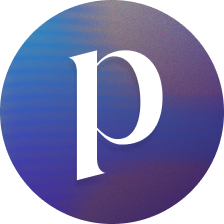 Anne Hixon
Anne Hixon Erin L. George, MFT
Erin L. George, MFT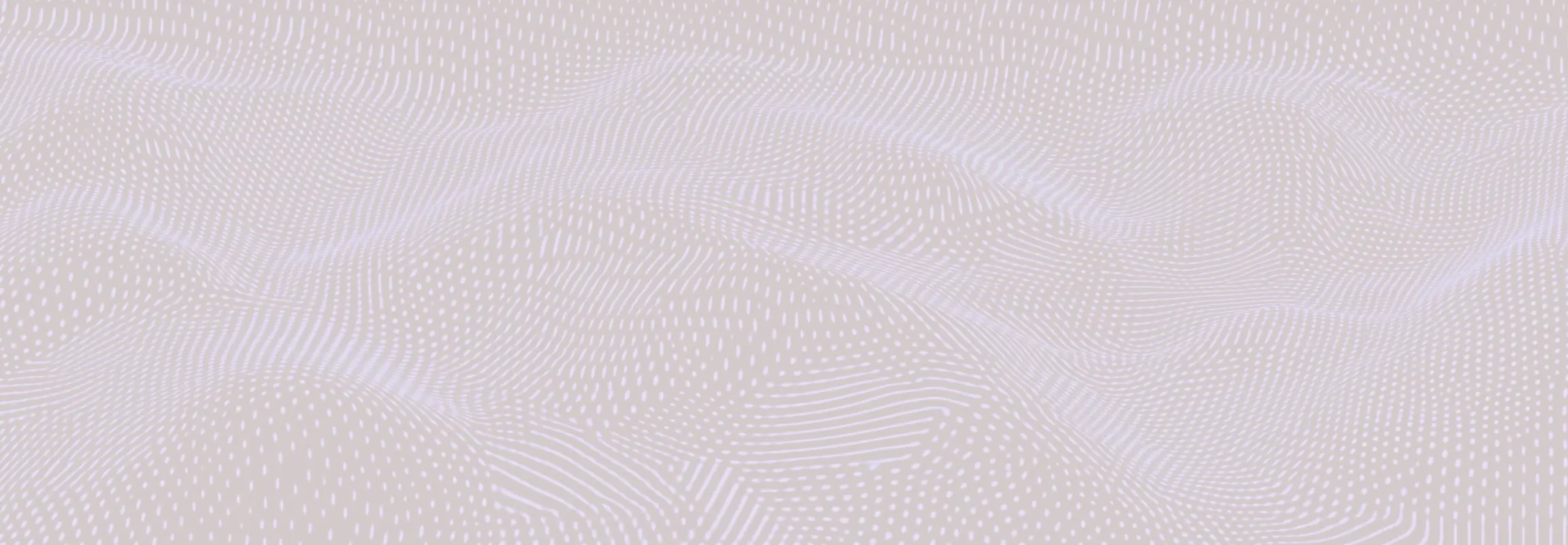
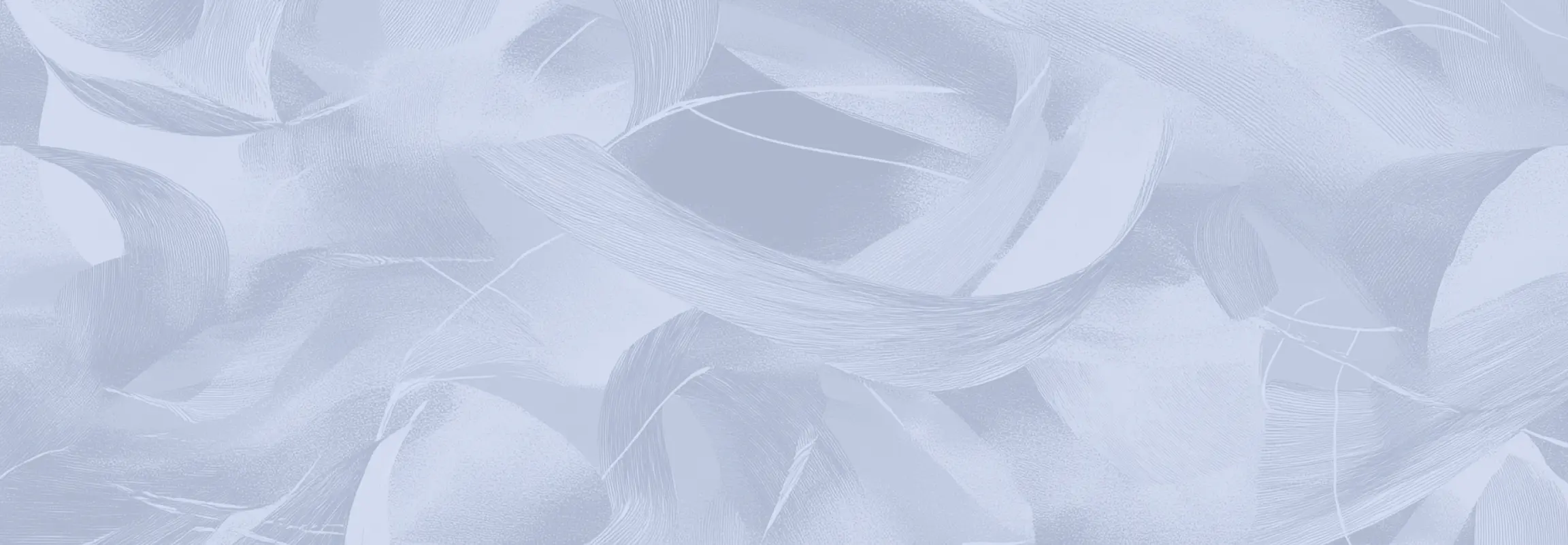

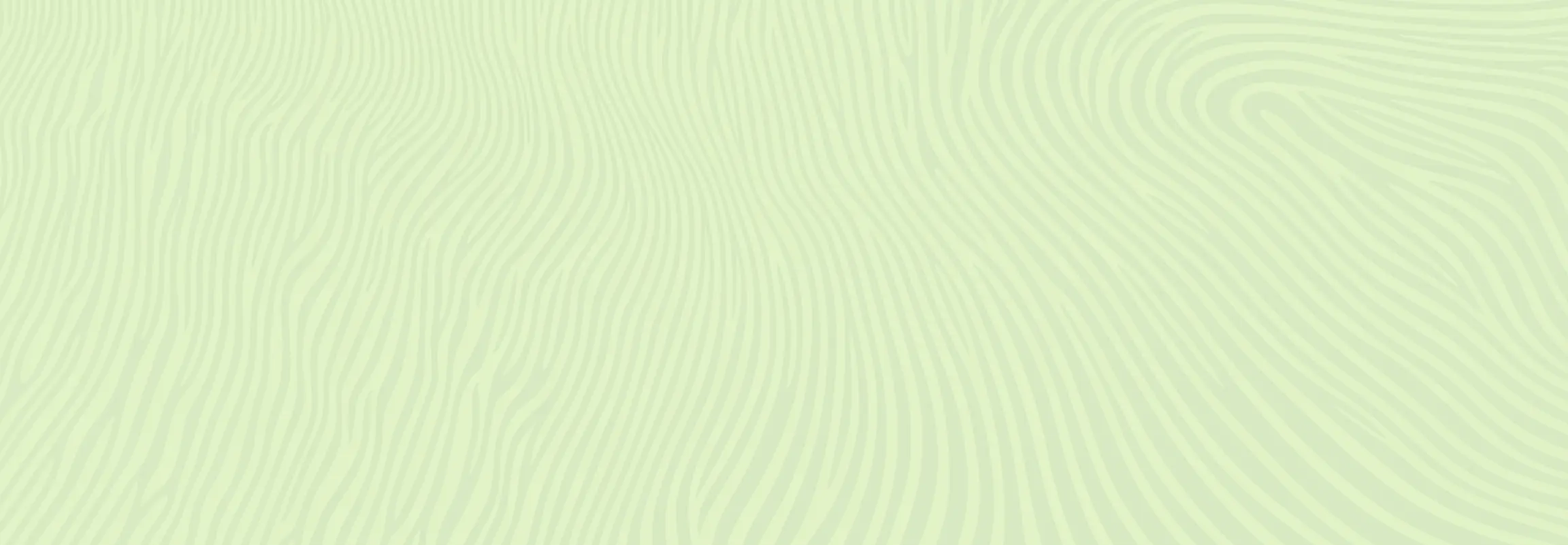
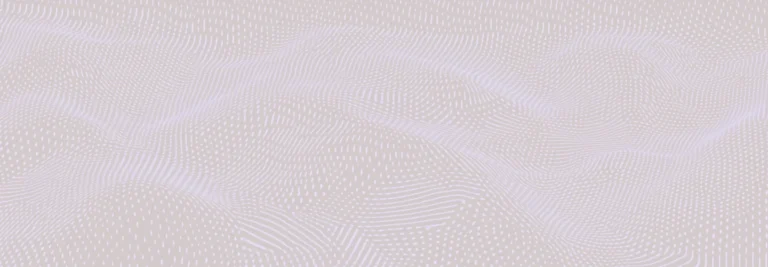
 David Connell
David Connell
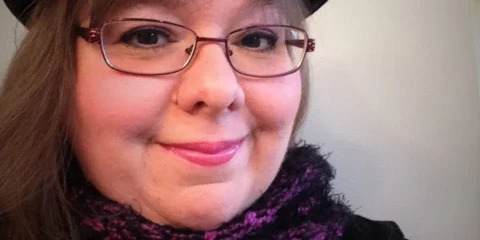 Lisa A. Koosis
Lisa A. Koosis